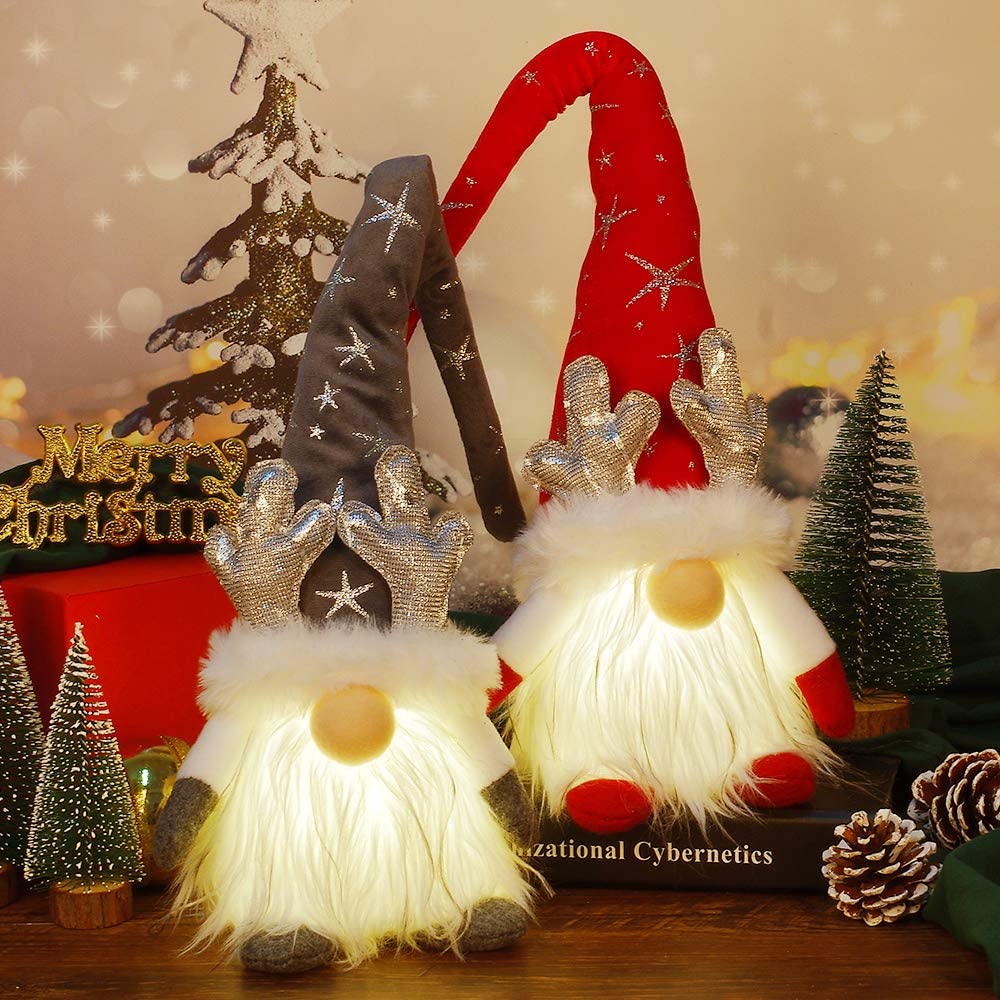
What are Scandinavian gnomes and where did they come from?
Scandinavian gnomes, also known as Tomte or Nisse, are a type of Elf that is said to live in the homes of farmers and fishermen in Scandinavia. These gnomes are said to protect the home from evil spirits and misfortune. They are also said to be mischievous, and enjoy playing practical jokes on people. Scandinavian garden gnomes are typically depicted as being small and wearing red hats. They first became popular in Scandinavia in the 19th century, and have since become a Christmas tradition in many parts of the world. Today, Scandinavian gnomes can be found in homes and gardens all over the world.
What are the origins of Scandinavian gnomes?
Gnomes in Scandinavia typically represent good luck and protection from misfortune. They are also said to enjoy playing practical jokes, which often results in good cheer for the family they reside with.
What sets a gnome apart from a Tomte?
Tomte and gnomes are both types of Elves that live in Scandinavia, but there are a few key differences between them. Tomtes are typically larger than gnomes, and they usually have beards. Additionally, Tomtes often carry a staff that they use to protect the home from evil spirits. Gnomes, on the other hand, typically have red hats and love to play practical jokes.
What do gnomes look like?
Gnomes are typically depicted as being small, with green clothes and a pointed red cap. They are often said to be shy and retiring, preferring to stay hidden from view. Some gnomes carry a little sack of gifts for good children, while others wield a hammer to protect the home from evil spirits.
Depending on your location in Scandinavia, you’ll find gnomes dressed differently based on their work surroundings. For example, those living in stables typically wear grey clothes while those residing near the main house would dress more neatly with blue and dark green clothing.
Scandinavian gnomes have beards that always stretch below their chests; some of these beards are even pointy at the end, while others look more rugged.
A Brief History of Norwegian Garden Gnomes

Norwegian garden gnomes have a rich history as they originated from the legend of Tomte and are called ‘Nisse’, a small, gnome-like creature that is said to protect Scandinavian homes and farmsteads from evil spirits. The first Norwegian garden gnomes appeared in the 19th century and have since become a Christmas tradition in many parts of the world. Today, Norwegian garden gnomes can be found in homes and gardens all over the world.
A Brief History of Swedish Garden Gnomes
The Swedes have their own unique take on gnomes, calling them Tomte. Just like the Norwegians, they believe that these creatures protect farmers and their homes.
Back when Christianity was first taking root, people were terrified of being accused of having a Tomte on their farm. But generally speaking, Tomtes weren’t malicious creatures.
Solitary by nature, Swedish gnomes were said to be only around 2 feet tall. Yet despite their size, they could sometimes display surprising strength. And if farmers showed them disrespect or laziness, they would often take offense.
How do you make a Scandinavian gnome decoration for Christmas?
Scandinavian gnomes, also called Tomte or Nisse, are a traditional Christmas decoration in Scandinavia. These gnomes are typically made from felt or wool and have a long white beard. To make your own Scandinavian gnome, start by cutting a small circle out of white felt. Then, cut a strip of felt for the body and glue it to the bottom of the circle. Next, add two small balls of felt for the gnome’s nose and mouth. Finally, glue on a long strip of white wool for the beard. Your Scandinavian gnome is now complete! Place him on your mantle or Christmas tree to bring some holiday cheer to your home.
What are some of the different types of Scandinavian gnomes that you can make or buy?
There are many different types of Scandinavian gnomes that you can make or buy. One popular type, as mentioned before, is the Tomte, which is a small, stout man with a long white beard. Another popular type is the Nisse, which is a gnome who lives in the barn and helps with the farm animals. There are also many different types of trolls, such as the Boggart, which is a mischievous troll that likes to play tricks on people, and the Skogtroll, which is a large and dangerous troll that lives in the forest. No matter what type of Scandinavian gnome you are looking for, there is sure to be one that will fit your needs.
Are there any other traditional Norwegian or Danish Christmas decorations that you can use to create a festive Scandi-style Christmas home this year?
In addition to the traditional Norwegian and Danish Christmas decorations, there are a few other items that can help to create a festive Scandi-style Christmas home. One option is to use candles to create a warm and inviting atmosphere. Candles are often used in Scandinavian homes during the winter months, and they can help to set the mood for Christmas. Another way to add a touch of Scandinavia to your home is to use nature-inspired decorations. Twigs, pinecones, and berries can all be used to create beautiful and festive displays. Finally, don’t forget about the importance of light during the dark winter months. String lights around your windows and doors, or use them to decorate your Christmas tree. By incorporating some of these elements, you can easily create a festive and cozy Scandi-style Christmas home.
If you’re looking for something a little different to add to your Christmas decoration collection this year, why not try your hand at making or buying a Scandinavian gnome? They’re easy and fun to make, and it’s a great way to bring some traditional Norwegian or Danish flair into your home during the holidays. What other Scandinavian-inspired decorations are you using to festive up your home this holiday season?

